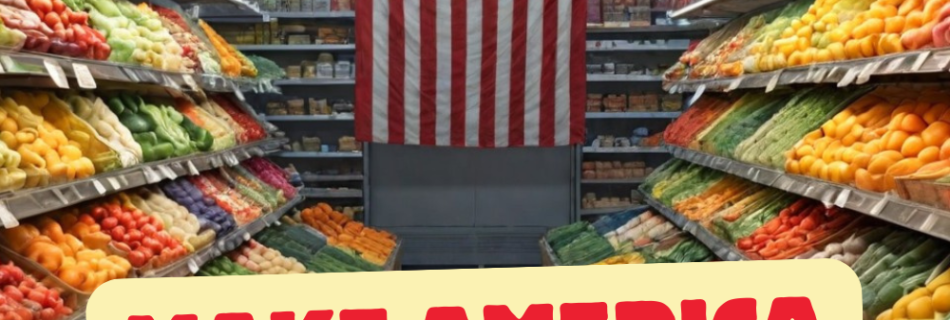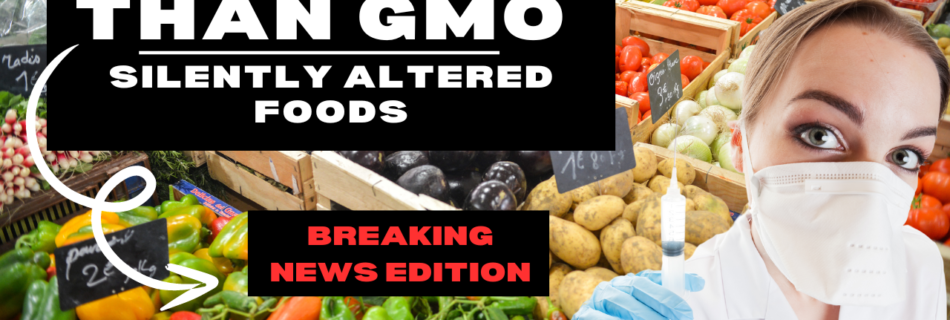Trump’s Victory in 2024: The Dawn of a Healthier America
With the 2024 election behind us, America stands on the brink of a new era in health, wellness, and individual empowerment. President Donald Trump’s victory, alongside a groundbreaking partnership with Robert F. Kennedy Jr., brings a renewed focus on holistic health policies that prioritize clean air, pure water, and high-quality food standards. In a world where chronic illness is rampant, this alliance offers Americans the opportunity to experience real wellness, starting with the very essentials of life. A New Vision for Health: What to Expect by 2026 For years, America has wrestled with a health crisis marked by skyrocketing rates of diabetes, obesity, and heart disease. Many experts attribute these issues to poor food quality, environmental toxins, and unhealthy lifestyle habits. In countries like Costa Rica, where natural and nutrient-dense food is the standard, chronic illnesses are far less common. Trump and Kennedy’s health agenda seeks to recreate this success by transforming the very foundation of American health: the quality of our air, water, and food. By 2026, this administration aims to set a powerful precedent with policies that will improve every aspect of daily life. The focus will be on reversing decades of health decline by prioritizing wellness at the root level—empowering Americans to thrive without the constant need for medical interventions and synthetic remedies. Reclaiming Clean Water: Ending the Era of “Dead” Water Imagine a country where you can pour a glass of water from the tap and trust that it’s supporting, not harming, your health. That’s the vision Trump and Kennedy are working toward. Right now, Americans often find themselves drinking what some call “dead” water—a heavily processed, chemical-laden product that’s a far cry from the mineral-rich, natural water found in Costa Rica and other health-focused countries. In Costa Rica, tap water flows naturally, filled with essential minerals and life-giving properties that support both physical and mental well-being. This water, untainted by synthetic additives, hydrates at a cellular level and nourishes the body’s systems in a way that American water simply does not. Here in America, however, tap water is often treated with chemicals like chlorine and fluoride, which have long-term effects that extend beyond physical health. Research suggests that fluoride and other chemical additives may calcify the pineal gland—a crucial part of the brain that influences sleep, emotional regulation, and even intuition. Could it be that our tap water has been working against us, keeping us fatigued and uncritical, with duller mental clarity over time? Trump’s administration envisions a future in which Americans no longer have to question the purity of their drinking water. Through policy reform and environmental regulation, they aim to provide tap water that nourishes our bodies, hydrates our cells, and restores mental clarity. Imagine a world where fewer visits to the doctor are necessary, fewer chronic ailments arise, and the water we drink enhances our lives rather than diminishing them and best of all, that water will be FREE from the tap. By 2026, this vision could very well be a reality, reshaping the way we think about hydration and health. Food Quality: A Return to Whole, Nutrient-Rich Eating America’s health crisis is intimately tied to the quality of food on our plates. Our grocery stores are filled with highly processed foods, synthetic additives, and lab-created ingredients that compromise long-term health. Trump and Kennedy are on a mission to change this by prioritizing natural, non-GMO foods and banning harmful additives that have no place in a healthy diet. In Costa Rica, fresh, whole foods dominate the diet, contributing to a much lower rate of chronic illness and a significantly higher life expectancy. Imagine a future where your family no longer has to worry about hidden toxins in their food. By reducing or eliminating GMOs, RNA-modified products, and artificial preservatives, this administration aims to support the health of every American from childhood onward. No more “frankenfoods” designed in labs; instead, Americans can look forward to a resurgence of organic, locally sourced produce that’s as safe as it is nutritious. This commitment to food quality isn’t just about health—it’s about reclaiming the right to food that supports us, rather than contributing to a cycle of illness. By 2026, parents can expect a world where they can confidently feed their children foods that nourish, protect, and fortify, without the hidden dangers that have become so common today. Imagine this: you’re excited to enjoy some fresh fruit, but the experience leaves you shocked. I recently bought a watermelon from Publix, anticipating that familiar, juicy sweetness. But what I bit into was nothing like a watermelon. It was rubbery, bland, and utterly devoid of that natural taste. It made me pause—was this some bad science experiment gone wrong? Or is this what we’ve come to accept as food? We have to ask ourselves: are we the test subjects in an experiment on what food can become? The reality is that when food production relies on genetic modifications, chemical additives, and synthetic preservation techniques, the natural essence of what we consume is often sacrificed. This watermelon incident left me with more questions than answers. What could have caused this “watermelon” to end up so far from what nature intended? Why isn’t it illegal to sell something that barely resembles the real thing? The truth is, the industry’s focus on maximizing shelf life and profit often comes at the expense of quality and nutrition. These practices are not isolated to fresh produce, either. In a hurry to catch a flight from the U.S. to Costa Rica, I grabbed a pre-packaged cinnamon roll. The moment I opened it, I was hit by a powerful scent of acetone—the same smell as nail polish remover! I couldn’t believe it. Is this even safe to eat? How could this be allowed? It’s moments like these that reveal a disturbing pattern in food production: we’re being fed products designed for profit, not for health, and these practices are pushing boundaries that shouldn’t be crossed. In a world where food has been altered and …
Read more “Trump’s Victory in 2024: The Dawn of a Healthier America”




